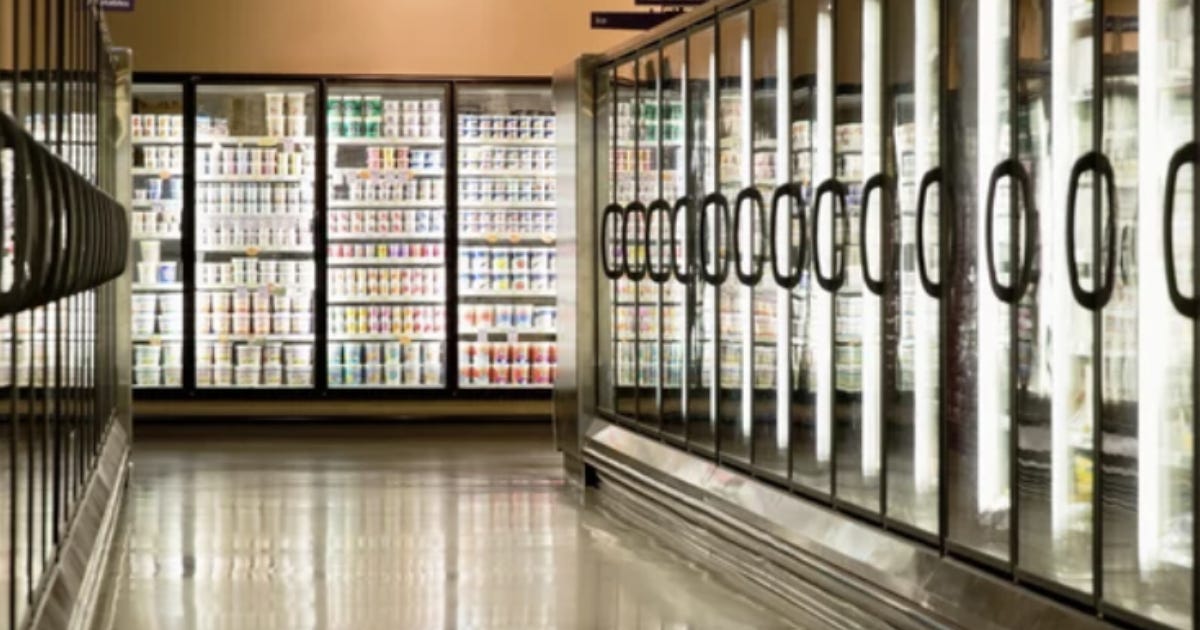OP-ED: Canada’s food chain just got tariff-slapped again — Ottawa has only itself to blame.
“In the face of rising tariffs and global trade turbulence, Ottawa didn’t just drop the ball—it left the field entirely, and now Canada’s agri-food sector and Canadians will be paying the price.”
Author: Dr. Sylvain Charlebois
As August 1 quietly slipped by, so did Canada’s last, best chance to avoid a sharp escalation in trade tensions with its most important economic partner. Unlike Mexico, which secured a temporary reprieve, Canada is now fully exposed to a 35% tariff imposed by the United States on a range of non-USMCA-covered goods. For the Canadian agri-food sector—and for consumers from coast to coast—this is less a policy adjustment and more a gut punch.
Help us cover the stories the legacy media are happy to ignore. Become a Juno News premium subscriber today and save 20%!
Prime Minister Mark Carney—the seasoned economist who campaigned on his negotiating acumen and international gravitas, is failing. Instead of delivering results, Parliament was sent home for the summer, and Ottawa’s silence echoed through what is arguably Canada’s most consequential trade dispute in a generation.
To be clear, not all food exports are affected. Products covered under USMCA quotas—dairy, poultry, and some meat—remain exempt. But for producers of grains, oilseeds, processed foods, and niche value-added products, this 35% tariff is a major blow.
Margins in agri-food are notoriously thin. For many exporters, the choice is binary: absorb the cost, or exit the U.S. market. Either path reduces revenues, heightens the risk of layoffs, and weakens Canada's competitive position. With the U.S. absorbing over half of our agri-food exports annually, this is no minor hiccup—it’s a strategic failure.
And this is not an isolated case. Canadian farmers are already facing stiff tariffs in other key markets. India continues to impose duties on Canadian lentils and pulses, while China maintains restrictions and tariffs on pork, canola, and lobster. For a trading nation, these accumulating barriers are suffocating—yet Ottawa seems content to manage the damage rather than prevent it.
There may be isolated benefits. As seen in the cocoa and chocolate supply chain, tariffs can shift some production northward, potentially boosting domestic processing. But these are exceptions. The broader story is one of uncertainty, rising input costs, and declining production volumes.
And even for goods that never cross the border, Canadian consumers are unlikely to be spared. Processors losing export markets may attempt to recover margins domestically, pushing prices higher—particularly in small markets or for export-facing SKUs like baking products, specialty grains, and packaged goods.
Tariffs also wreak havoc upstream. Input sourcing, contract logistics, and production planning are all disrupted. Expect more volatility in prices, sporadic availability of staple ingredients, and even stockouts for certain SKUs.
Compounding this are retaliatory tariffs and ripple effects through global supply chains. Many Canadian food manufacturers depend on imported inputs—machinery, additives, packaging—that are themselves caught in the crossfire. Inflationary pressures will persist, even if headline food inflation slows.
What’s most alarming isn’t the tariff itself—but the absence of a coordinated Canadian response. Washington gave plenty of notice. And yet, no contingency plan emerged, no strategy was communicated, and most telling of all, no serious negotiation took place.
Supporters of Bill C-202 may take solace in the temporary shielding of supply-managed sectors. But that’s little comfort for the rest of the agri-food economy—and let’s not pretend supply management is immune to geopolitical pushback. It is, at best, a partial solution in an increasingly complex trade environment.
Canada once led on global trade diplomacy. Today, we are reactive, overly reliant on past frameworks, and slow to acknowledge that trade has become a geopolitical chessboard, not a rules-based playground.
The agri-food sector—which accounts for nearly 1 in 9 jobs and close to 7% of Canada’s GDP—deserves more than summer recesses and bureaucratic platitudes. It requires decisive leadership, policy agility, and a proactive strategy to preserve market access and stabilize domestic food systems.
If Prime Minister Carney hopes to reset the narrative this fall, he’ll need to do far more than issue statements. Targeted tariff relief, short-term support for exposed sectors, and a clear diplomatic pathway with Washington must be top priorities. Without this, more markets will close, more family farms will shutter, and more grocery bills will climb.
Dr. Sylvain Charlebois is Director of the Agri-Food Analytics Lab at Dalhousie University, co-host of The Food Professor Podcast and Visiting Scholar at McGill University.
Follow Dr. Charlebois on X at The Food Professor.





Carney is useless and doesn't know up from down.
Well said. One caveat, though. The Food Professor says: “[L]et’s not pretend supply management is immune to geopolitical pushback. It is, at best, a partial solution in an increasingly complex trade environment.” At best, indeed. Carney should have been working on a plan to scrap supply management, instead of boxing himself into a corner where he can hardly even tinker with it.